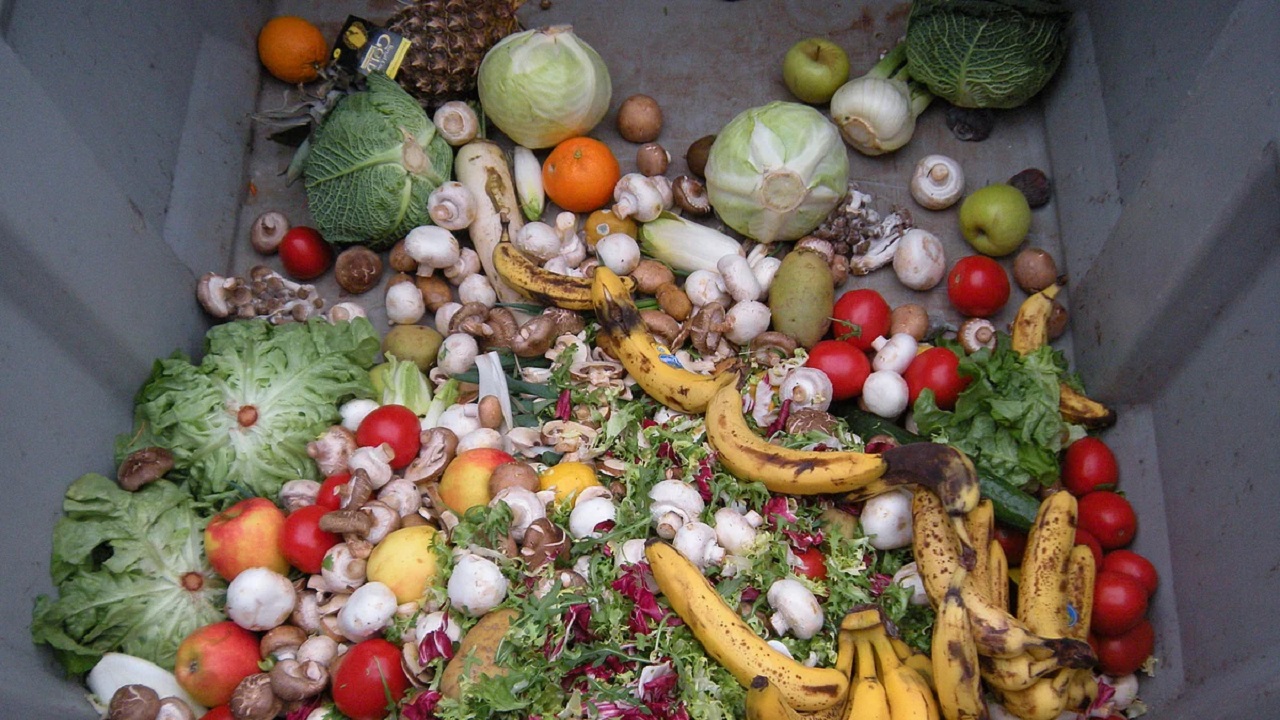Context:
When lavender cultivation was first introduced to Bhaderwah subdivision in Jammu and Kashmir’s Doda district in 2015, most farmers were sceptical and only a few adopted it. Today, these early adopters have significantly expanded cultivation, employ 30-40 people each on a full-time basis, have their own distillation units for making lavender oil, and market their products in different parts of the country.
Background:
- The CSIR (Council Of Scientific and Industrial Research) – Aroma Mission is a flagship project of CSIR under which Lavender cultivation is being promoted in the temperate regions of J&K.
- The aim of the project is to increase the income of small and marginal farmers and develop agriculture-based Startups.Besides lavender, the Aroma Mission aims to inject scientific research and development into the cultivation of aromatic plants such as rose, lemon grass, rosemary and wild marigold.
About Lavender Cultivation:
- Lavender, which can be grown in areas that experience snowfall and have a hilly terrain, blossoms and is ready for harvesting two-and-a-half years after it is planted.
- The same plant can bear flowers for 18-20 years, and does not require the amount of insecticides, pesticides, and other chemicals used on conventional crops like maize and paddy.
- The uses of lavender includes manufacturing perfumes, soaps, agarbatti, and room fresheners.Lavender oil has a calming effect and is a stress buster.
- CSIR developed an elite variety of lavender suitable for cultivation in temperate regions of J&K and provided free saplings and end-to-end agro-technologies to farmers and also installed distillation units for essential oil extraction in several regions of J&K. The success of Lavender cultivation in J&K earned it the sobriquet, ‘Purple Revolution’.
- The variety of Lavender is highly suitable for cultivation in the rainfed temperate regions of India.
- The crop was officially introduced in Bhaderwah by the Council Of Scientific and Industrial Research-Indian Institute of Integrative Medicine (CSIR-IIIM), Jammu, in 2015.
- According to officials, more than 700 acres of farmland has been brought under lavender cultivation in the area since 2017, and another 100 acres is set to be added.
- CSIR plans to distribute lavender plants to farmers in parts of Kathua, Rajouri, Poonch, and the Kashmir Valley, besides Uttrakhand, Himachal Pradesh and the Northeast.
.jpg)



Comments (0)